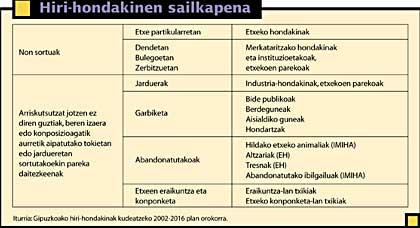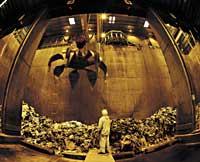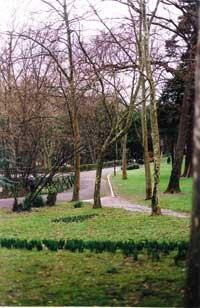Recycling of organic waste
2008/10/01 Kortabitarte Egiguren, Irati - Elhuyar Zientzia Iturria: Elhuyar aldizkaria

It can be said that the habit of recycling paper and plastic is quite widespread. The organic waste that is generated in the domestic garbage, in the gardens, in some companies, etc., continues to be poured directly to the landfill. But things are changing. At present, there is a trend towards the reuse of these residues, which have been started to be used industrially. An example of this are, among many others, these two projects in Bizkaia.
Compost Compost - Compost
The future Artigas composting plant in Bizkaia will mainly treat the remaining organic remains in the pruning and gardening of Bizkaia. The compost of this plant will be used for gardening and agriculture. Through this and other smaller facilities to be carried out in other regions of the territory, the objective for 2016 is to compose 4% of the primary waste generated in Bizkaia (between 32.463 and 36.277 tons per year).
But, what is the process of obtaining the compost? First, the trucks that arrive at this facility are registered to complete the control of the data. According to the instructions of the installation staff, the trucks deposit the waste in the places enabled for it. Before starting anything, all this material is uncompressed and revised. In this way, the inappropriate material received is transferred to the corresponding containers for correct management.
To regulate the quality of the waste that will be admitted to the waste management plant, a catalogue of criteria will be prepared. From the shovel the residues are transferred to the crusher machine where it is broken up to get the desired size. The reduction of waste considerably increases the surface of these materials, facilitating the subsequent composting process. For the output of the crusher machine, a magnetic separator attracts the possible magnetic components present in the material.
The compost can replace 8% of the basic fertilizers of agriculture. In this way, the reserves are taken care of with phosphates, less and less abundant, and the greenhouse gases generated in the production of mineral fertilizers, among others, are reduced. In addition, compost allows a continuous increase of the organic substance in soils.
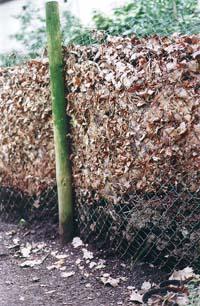
In the coming years, the demand for compost is expected to increase considerably. Compost is a good option to improve the quality of the upper layers of soil. By tests carried out in Germany in the early 90's it was found that the compost can be used correctly even in depths up to 50 cm. It improves the structure of the upper layer of soil, favoring plants with shallow roots, and in the long term contributes to reducing methane emissions.
Biological mechanical biological treatment
The biological mechanical treatment is a technology that allows the pretreatment and special use of the organic fractions of urban solid waste. The main objective is the inertiation of waste, eliminating contaminations to the atmosphere (biogas) and soil (leaching).
The biological mechanical treatment plant designed in Bizkaia can treat 180,000 tons per year. The process consists of four steps: reception of waste, mechanical treatment, drying or curing and separation of inerts.
The full cycle lasts between six and ten days. During the waste collection, the waste is turned and stored in the warehouse until the first visual control and the distribution of unsuitable materials are carried out.
After the separation between inadequate materials and valuable materials, the material is treated before drying and curing. The mechanical treatment consists of moving the material through a conveyor belt, where a classification by sizes is performed.
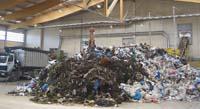
Then, through infrared lights, plastic material is separated, and by an optical reader the materials are separated by density and color. Plastic waste is separated by wind blows. Also, through magnets, the iron materials are separated from each other. The final classification is then manually performed.
The drying or curing is done in concrete tunnels. The materials remain between six and ten days in some reactors to dry and degrade their components. At the end of the chain, the garbage is taken to a tunnel with mobile earth and grid, where air enters. In this way the inertization or fermentation of the waste is accelerated, losing 20% in volume. After approximately one week, the waste treated is sent to the incinerator.
The composting and mechanical biological treatment plant projects are part of Bizkaia's urban solid waste management plan. The main objective is to reduce the amount of waste and, to the extent possible, reuse them.

Gai honi buruzko eduki gehiago
Elhuyarrek garatutako teknologia



